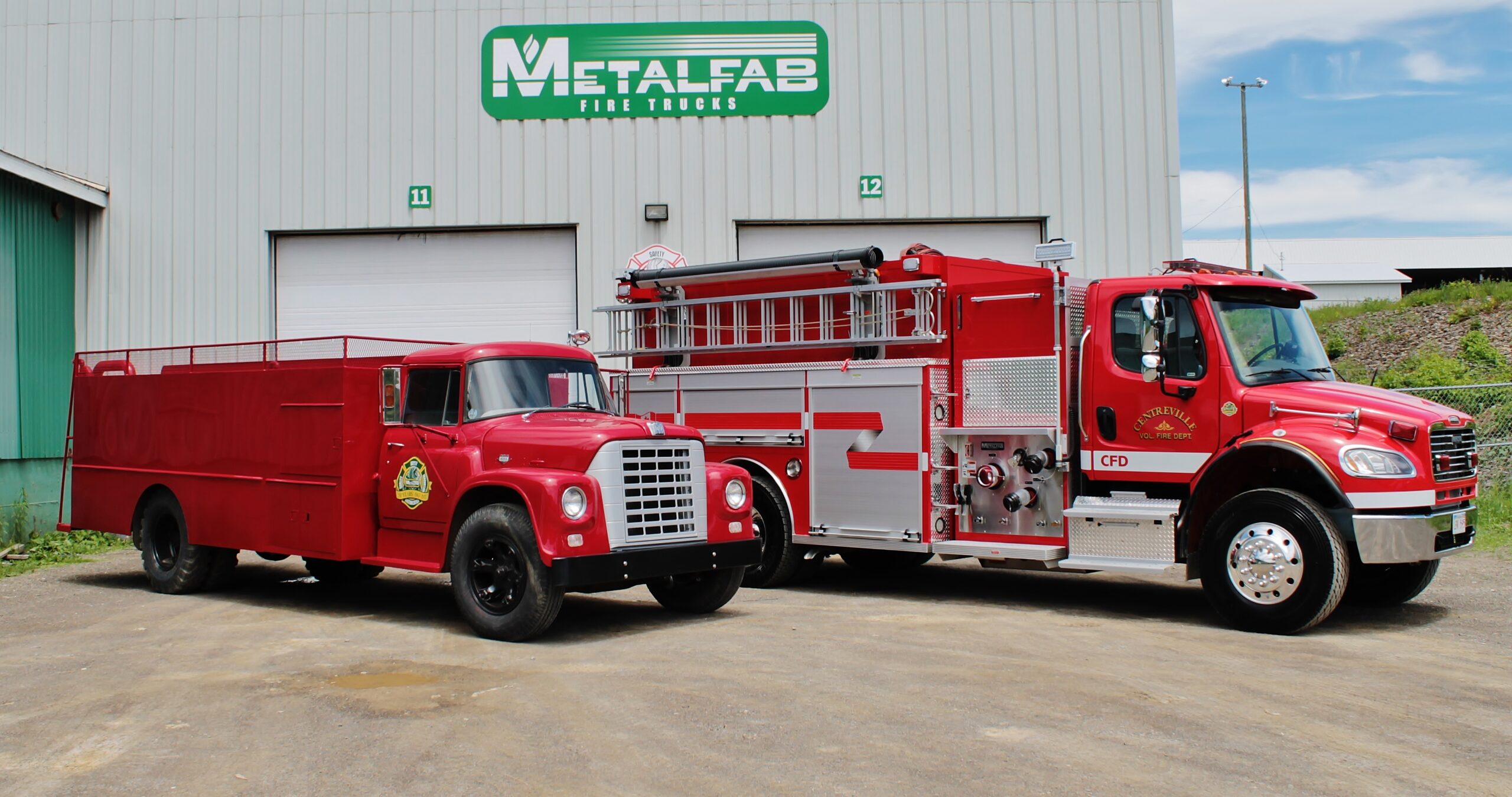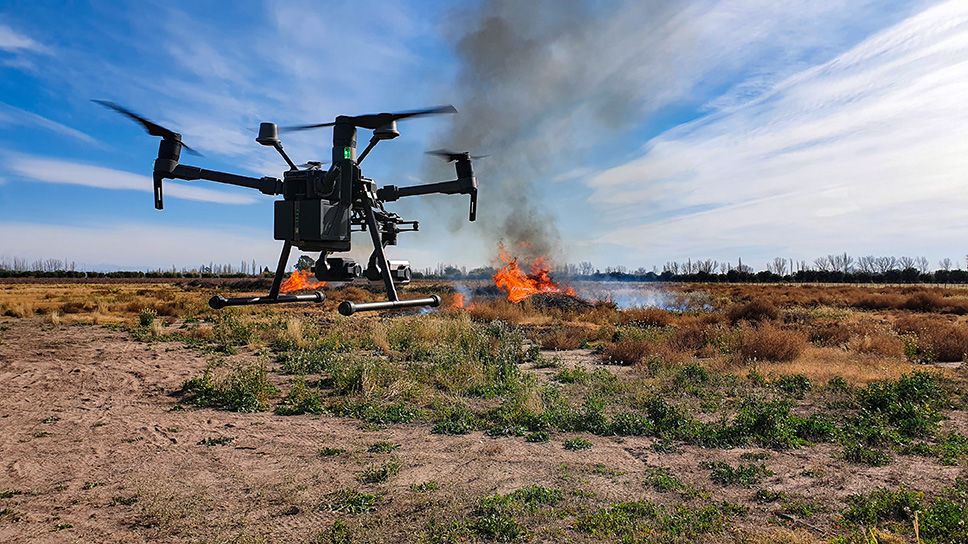
Firefighting is undergoing a remarkable transformation thanks to the ongoing and rapid advancements that have been made in smart technology. Not only are these innovations augmenting our traditional firefighting methods but they are also revolutionizing the entire landscape of emergency response. From early fire detection to AI-driven predictive analytics, drones, wearable tech, and robotic assistance, the integration of smart technology is reshaping strategies, enhancing operational efficiency, and ultimately saving more lives.
At Metalfab, we like to keep all of our fire chiefs and their departments in the know around changes to the industry landscape, so here we’re going to look at 5 ways how smart technology is revolutionizing firefighting and what it means for your crew.
IoT Sensors For Early Fire Detection
IoT, or the Internet of Things, refers to devices with sensors, processing ability, and software that connect and exchange data with other devices over the Internet or another communication network. These devices can be used for many things, including early fire detection.
When IoT sensors are strategically placed in buildings, public spaces, and wildland areas, they are able to monitor environmental conditions such as smoke, heat, gas levels, and even unusual fluctuations in electrical systems. The real-time data generated by these sensors is integrated with centralized systems that trigger immediate alerts to your department—as well as any occupants in the area—when a risk or emergency is detected.
Installing IoT sensors throughout your community can help you and your crew carry out evacuation procedures promptly while targeting your interventions. You can also use the data collected by IoT sensors to identify trends and patterns that will help you to be proactive in preventing future fires.

Drones For Aerial Surveillance, Reconnaissance, and Response
We’ve all heard the buzzwords concerning AI, or artificial intelligence, but did you know this evolving technology also has firefighting applications? That’s right. Fueled by machine learning and data analytics, AI algorithms are transforming fire prediction, risk assessment, and resource optimization in firefighting.
Because AI-driven systems are designed to analyze vast datasets like historical fire patterns, weather conditions, topographical features, vegetation density, human activity, and infrastructure vulnerabilities, they are able to predict fires and forecast spread dynamics, potential impacts, and community vulnerabilities with remarkable accuracy. Your department can then utilize these insights to implement preemptive measures such as targeted fire patrols, public awareness campaigns, and community resilience initiatives.
AI-powered risk assessment tools can also be used to optimize resource allocation by dynamically reallocating your firefighting assets based on varying levels of risk and incident severity. This is helpful if and when there are multiple fires occurring at the same time—perhaps you are contributing to efforts in a neighboring community—and you need to divide up your resources.
Wearable Technology For Enhanced Firefighter Safety And Performance
Wearable technology for emergency response purposes, which ranges from biometric sensors to integrated communication systems, monitors your crew’s vital signs, physiological parameters, environmental conditions, and operational performance.
In the event of physiological stress, heat exposure, or overexertion, biometric sensors can trigger alerts and prompt immediate intervention, rest breaks, or evacuation protocols. Integrated wearable communication systems—including heads-up displays, voice command interfaces, augmented reality visors, and radio-frequency identification tags—facilitate a seamless exchange of information that works to improve cohesion, decision-making, incident coordination, and resource management on the fireground.
Wearable tech also enables your crew to access critical information like building layouts, hazard maps, evacuation routes, hydrant locations, and utility shutoffs directly from their gear.
Robotic Firefighters For Hazardous Environments
Robotic firefighters that are equipped with specialized sensors, firefighting tools, mobility platforms, and autonomous navigation systems can augment your crew’s capabilities and extend the reach of your firefighting operations. These robotic systems excel in scenarios where human intervention may be impractical, perilous, or logistically challenging such as in industrial settings with chemical hazards, confined spaces, or high-temperature environments. In these situations, robotic firefighters can navigate, detect, and mitigate risks autonomously, reducing your crew’s exposure to danger.
Put Smart Technology To Work For Your Department
Smart technology is continuing to evolve and diversify in our industry. At Metalfab, we are committed to staying on top of the latest technologies and helping you to integrate them into your newest builds wherever possible. While we do not manufacture these technologies themselves, we can help you outfit your fire truck to be compatible with them.
If you are interested in learning more about how you can put smart technology to work for your department, contact us and book a time to discuss your department objectives and how you can integrate smart technology to help you meet them.
For more industry updates, check out our blog and subscribe to our quarterly newsletter.
